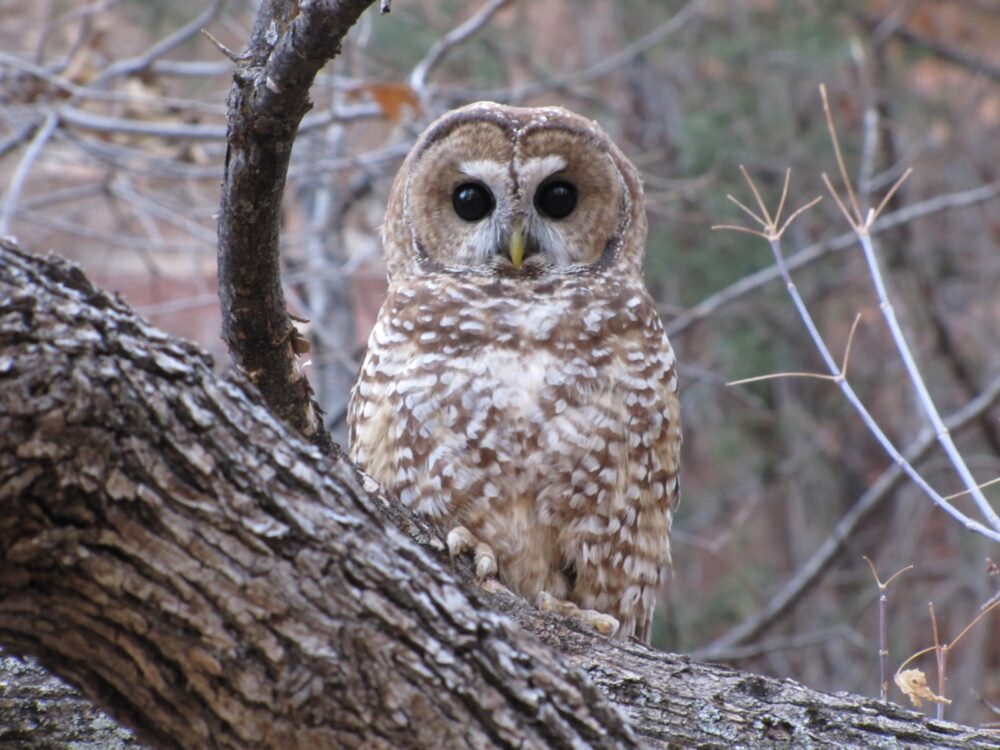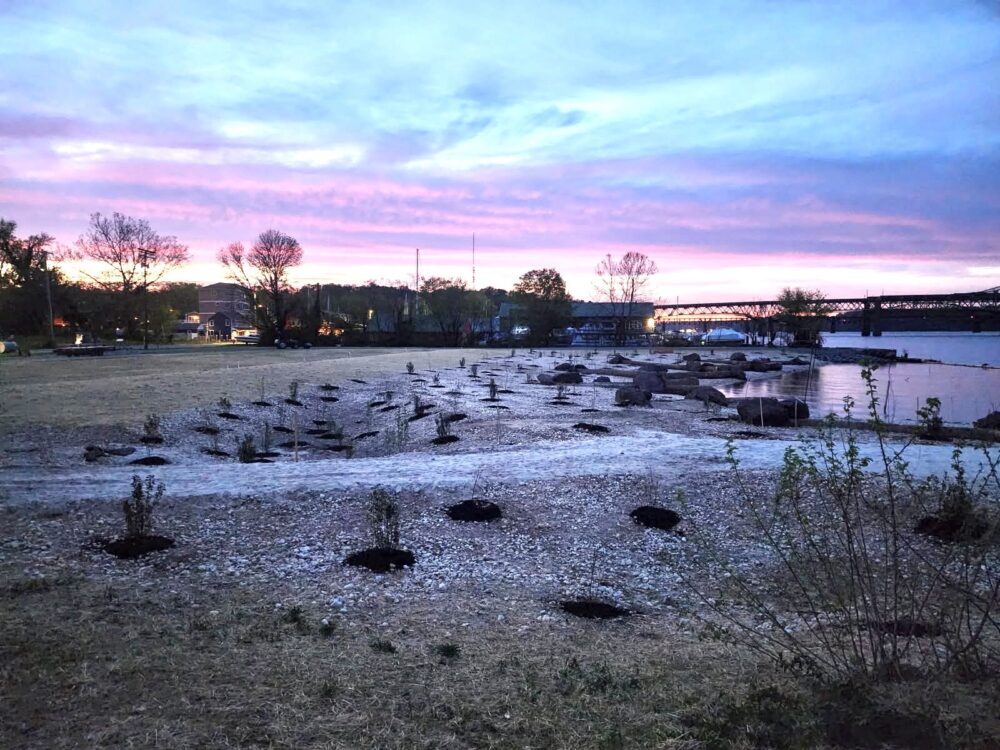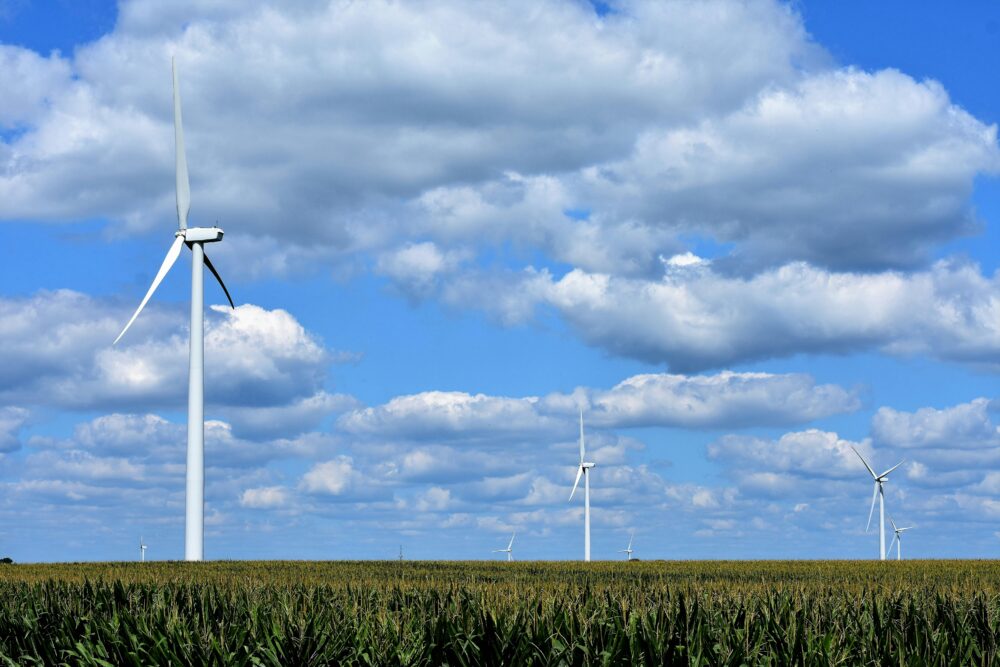We have much more to do and your continued support is needed now more than ever.
Helping Grizzlies Return to Their Historical Home
There are fewer than 10 grizzly bears living in the North Cascades of Washington State – a wild, mostly intact mountain ecosystem where the bears once thrived. Now, thanks to friends of wildlife, NWF affiliate Conservation Northwest and many committed partners, the grizzly has a real chance to return to their historical home.
Like all native species, grizzly bears play a critical role in maintaining a healthy ecosystem. Habitat that supports grizzly bears also supports hundreds of other plants and animals and human needs like clean water, healthy forests and quality outdoor opportunities. Bears spread seeds from plants on which they feed, like huckleberries, and in some areas distribute marine or aquatic nutrients from fish including cutthroat trout and salmon. And, their prolific digging for bulbs and burrowing rodents helps aerate soils.
Last Friday, Mathew Inman at The Oatmeal launched a cartoon blog asking his 4 million followers to submit comments to the Department of the Interior in support of a program to restore grizzlies to the North Cascades — and boy, did they! Within 48 hours more than 100,000 comments were registered, coming in at the rate of well over 1,000 comments an hour.
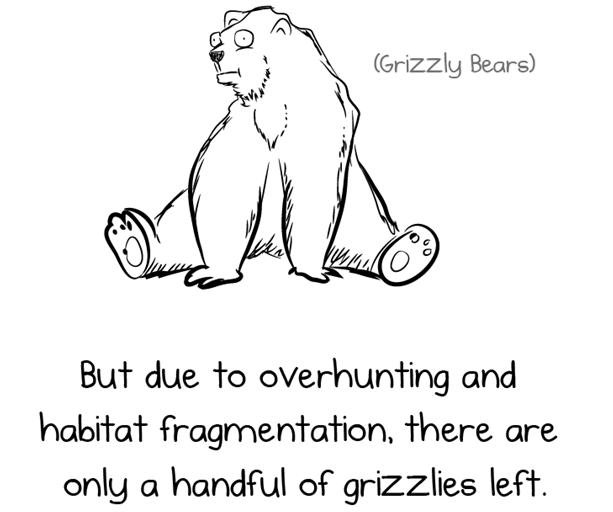
Perhaps in response to public interest on both sides of the issue, the Fish and Wildlife Service has extended the deadline for comment to April 28th and we are working to keep the comments coming.
The first grizzly bear recovery plan published in the 1980’s identified the North Cascades of Washington as one of six ecosystems in the lower 48 states (and the only one outside the Rockies!) where a viable population could and needed to be established for grizzly recovery to occur. For many, many years restoration work in the North Cascades was limited to protecting habitat, boosting education and improving backcountry sanitation (to avoid bear habituation with human food), often with the flawed notion that the area could be repopulated naturally from Canadian grizzly populations, which are themselves not healthy enough to be relied on for that. Over the last decade, a consensus that action was needed slowly emerged within the management agencies, pushed and prodded by conservationists.
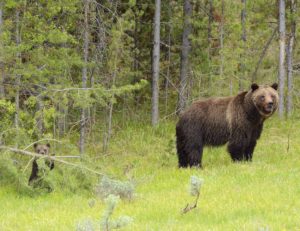
Finally, in January, the National Park Service and the U.S. Fish and Wildlife Service issued proposals for restoring grizzly bears to the North Cascades by re-introducing bears from Canada and Montana. NWF, Conservation Northwest, along with many conservation partners and biologists are supporting Alternative C, which calls for releasing 5-7 bears per year over the next five to 10 years, for a total of 25 bears. With luck, this seeded population would eventually, many decades from now, grow to as many as 200 bears.
Grizzly bears have been part of the Pacific Northwest landscape for thousands of years. Now, we have an opportunity to restore this important native species. Grizzly bear recovery in the North Cascades is an important part of national efforts to restore endangered animals where suitable habitat still exists. Please join us in speaking up for the bears!

